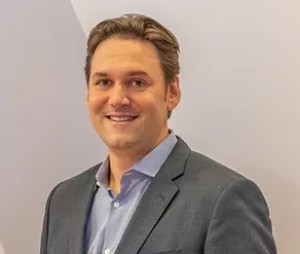- Video Library
- Christian Freudiger Presents Invenio Imaging at LSI USA '23
Christian Freudiger Presents Invenio Imaging at LSI USA '23

Christian Freudiger
Chris Freudiger is an accomplished spectroscopist and the co-inventor of Stimulated Raman Scattering microscopy. He co-founded Invenio and has lead the development and commercialization of multiple generations of imaging systems. He enjoys working with customers to improve our products and developing new applications of technology that can positively impact the treatment of patients and reduce healthcare costs. Chris grew up in Munich, Germany and came to the United States on a Fulbright Fellowship and obtained his PhD in Physics from Harvard University.
Christian Freudiger
Chris Freudiger is an accomplished spectroscopist and the co-inventor of Stimulated Raman Scattering microscopy. He co-founded Invenio and has lead the development and commercialization of multiple generations of imaging systems. He enjoys working with customers to improve our products and developing new applications of technology that can positively impact the treatment of patients and reduce healthcare costs. Chris grew up in Munich, Germany and came to the United States on a Fulbright Fellowship and obtained his PhD in Physics from Harvard University.

17011 Beach Blvd, Suite 500 Huntington Beach, CA 92647
714-847-3540© 2025 Life Science Intelligence, Inc., All Rights Reserved. | Privacy Policy







